Oil on canvas
Dimensions: 61.5 x 50.5 cm
With frame: 78 x 68 cm
Old exhibition label on the back
Henry Lerolle is a naturalist painter on the fringes of the Impressionist movement.
Henry Lerolle paints outdoor scenes representing women at work, shepherdesses, water carriers, harvesters in the countryside and interior scenes like ours.
Mrs. Lerolle in her interior, an intimate scene.
Henry Lerolle paints his wife in their interior busy folding laundry. The painter gives us here a painting of intimacy, a moment of life captured and transcribed by the artist with great naturalness. Mrs. Lerolle is focused on her task, a drawer of the dresser is open, some fabrics are on the floor…
A reference to Dutch genre painting
This work evokes Dutch genre painting, one of the most poetic in the history of art and more particularly the works of Vermeer, representing ordinary intimate scenes of daily life, internalized figures, concentrated on their manual task. We also find an open door to another room of the house and daylight filtering through a window creating depth.
Biography
Henry Lerolle trained at the Académie de Charles Suisse then entered the École des Beaux-Arts in Paris in the studio of Louis Lamothe. He made his debut at the Salon of 1868. He exhibited regularly at the Société Nationale des Beaux Arts, where he received numerous awards, including a gold medal in 1900.
Henry Lerolle surrounded himself with artists whose works he collected, musicians, and writers such as Degas, Monet, Renoir, Maurice Denis, and Gustave Moreau. An amateur violinist and composer, it was through his wife, Madeleine Escudier, that he was introduced to contemporary music. He became friends with Claude Debussy and established relationships with Henri Dupais, Sergei Prokofiev, Maurice Ravel, and Igor Stravinsky.
His two daughters married the sons of his friend, the industrialist and collector Henri Rouart. They posed for Edgard Degas, Renoir, Maurice Denis, and Albert Besnard.
Henry Lerolle executed numerous wall decorations, often of religious inspiration. One of his first works was, in 1874, the Baptism of the Martyrs of Créteil which decorated the chapel of the baptismal font of the church of Saint-Christophe de Créteil.
He presented at the Salon of 1878 a monumental easel painting, Communion of the Apostles, commissioned by the City of Paris for the Parisian church of Saint-François-Xavier. In 1888, he executed another monumental painting, Communion, again for Saint-François-Xavier, today preserved in the sacristy. He moved on to mural painting in 1896 with his Calvary on the walls of the chapel of the Dames-du-Calvaire, in the Jeanne-Garnier medical center, in the 15th arrondissement of Paris.
Bibliography
• Gérard Schurr, Pierre Cabane, Dictionary of the Little Masters of Painting, 1820-1920, t. II, Paris, Les Editions de l'amateur, 1996
.• Value of Tomorrow, Les Éditions de L'Amateur, Volume V
Museums
• In Paris: Museum of Modern Art; The Petit Palais.
• In the provinces: Carcassonne, Mulhouse, Nice, Orléans, Le Havre.
• Internationally: . New York, Metropolitan Museum, . Boston, Minneapolis, . Bucharest, . Budapest; National Museum,


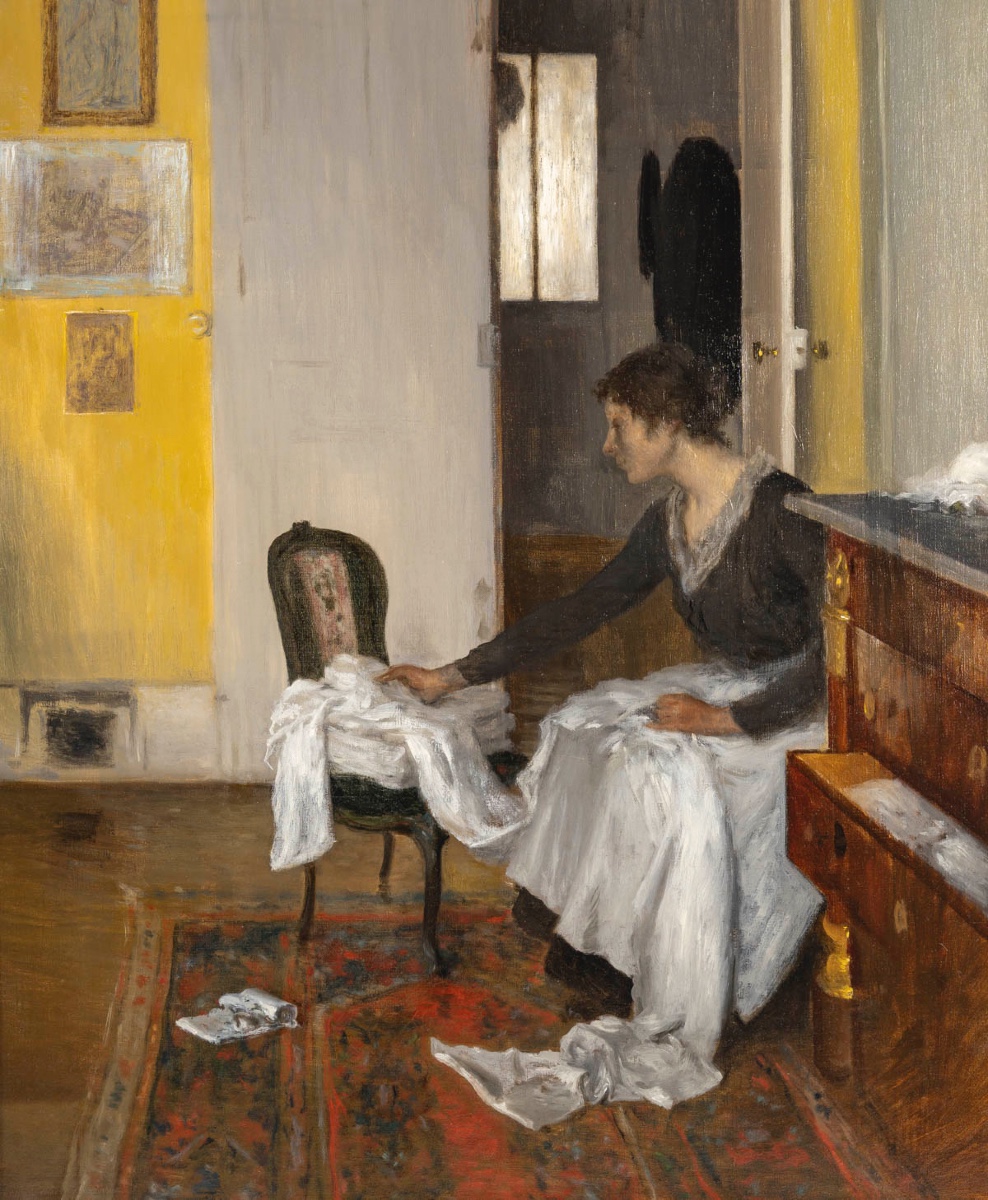
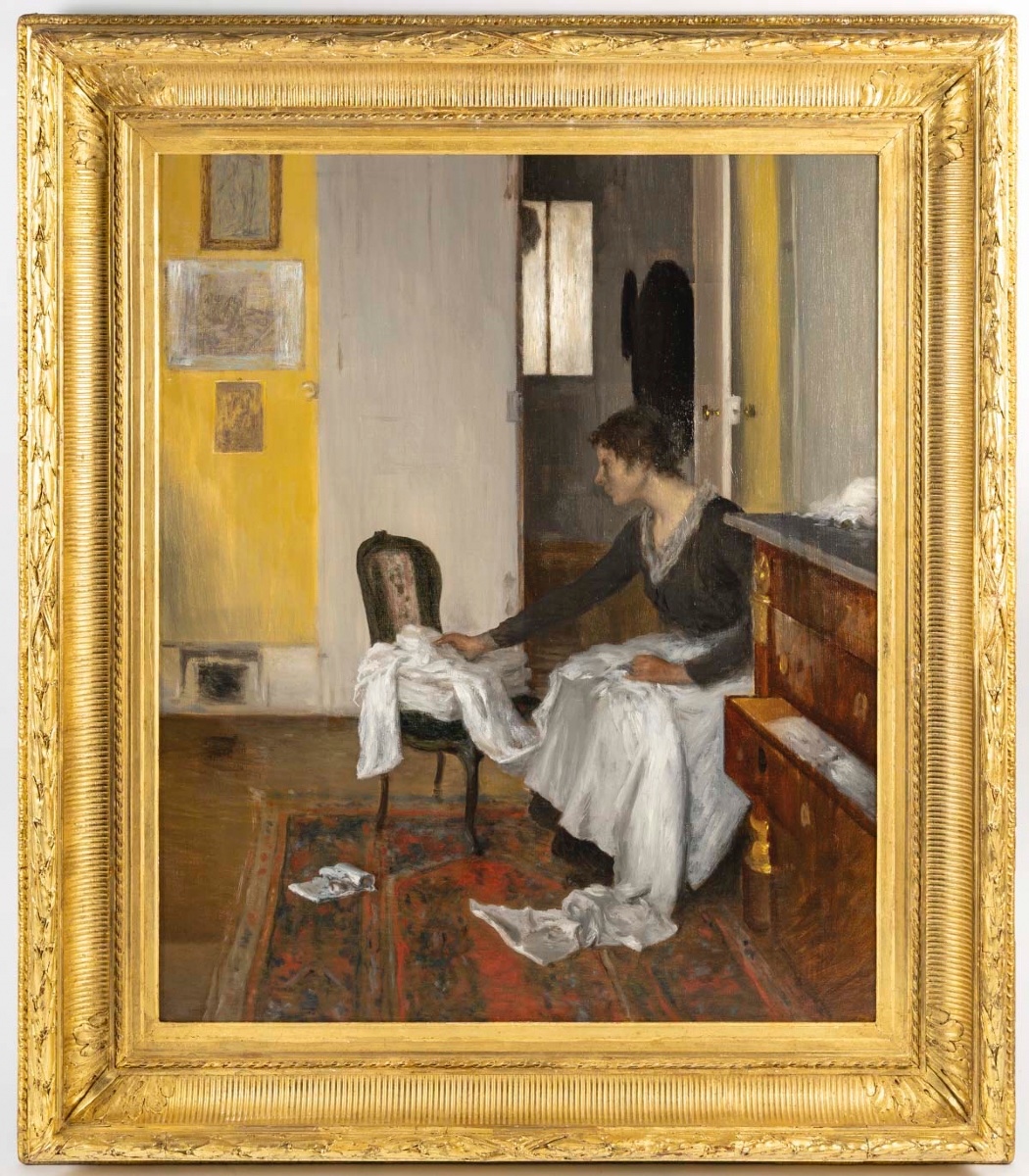
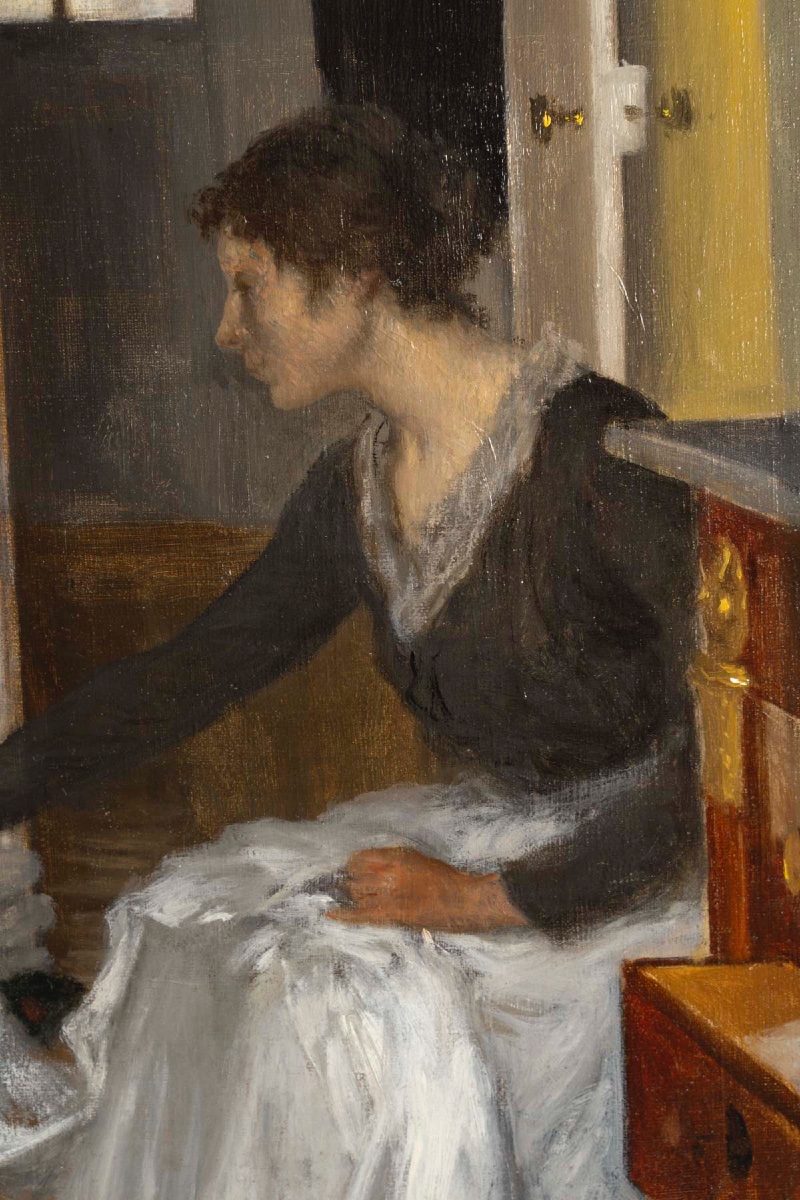
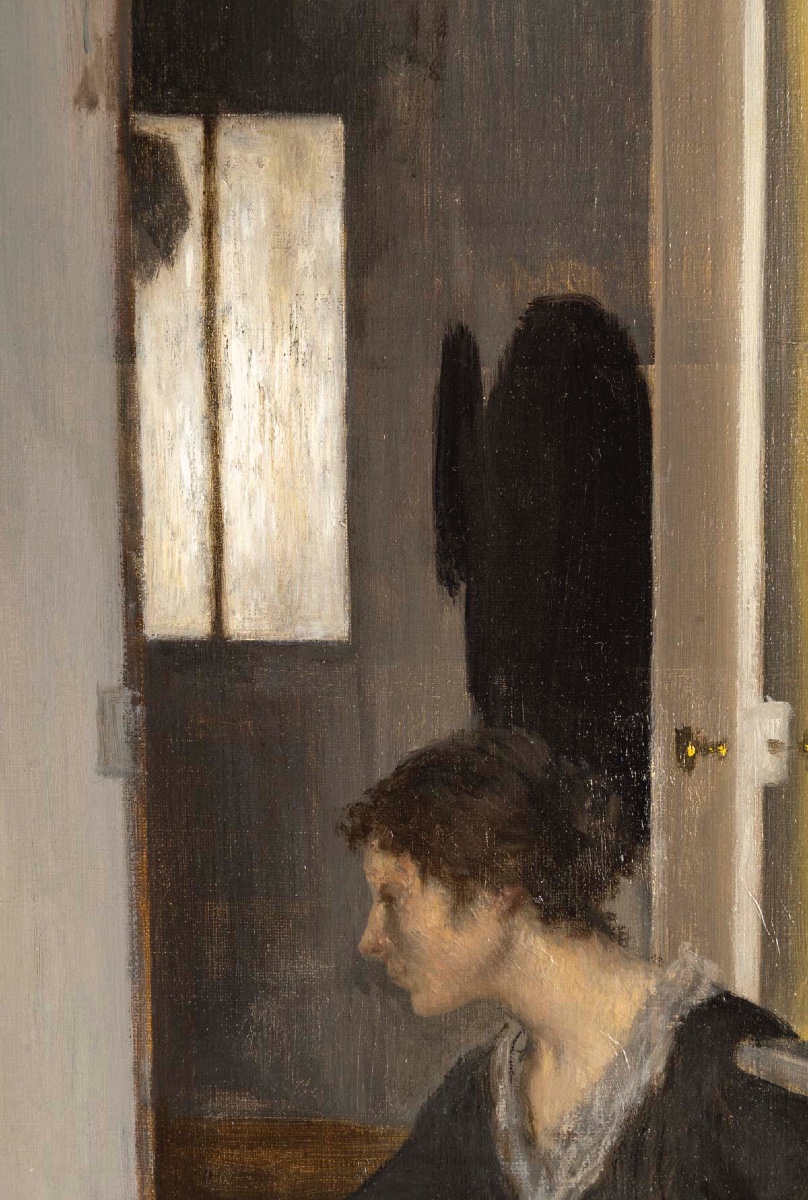
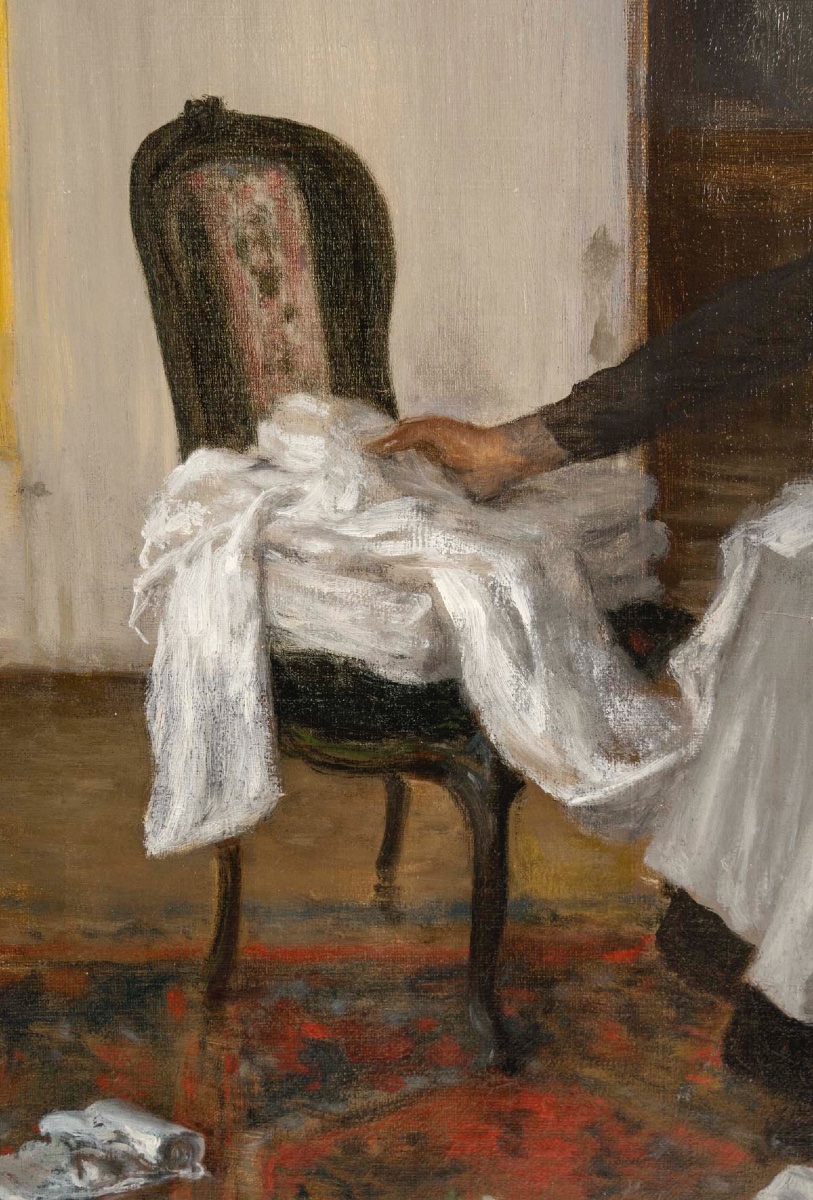
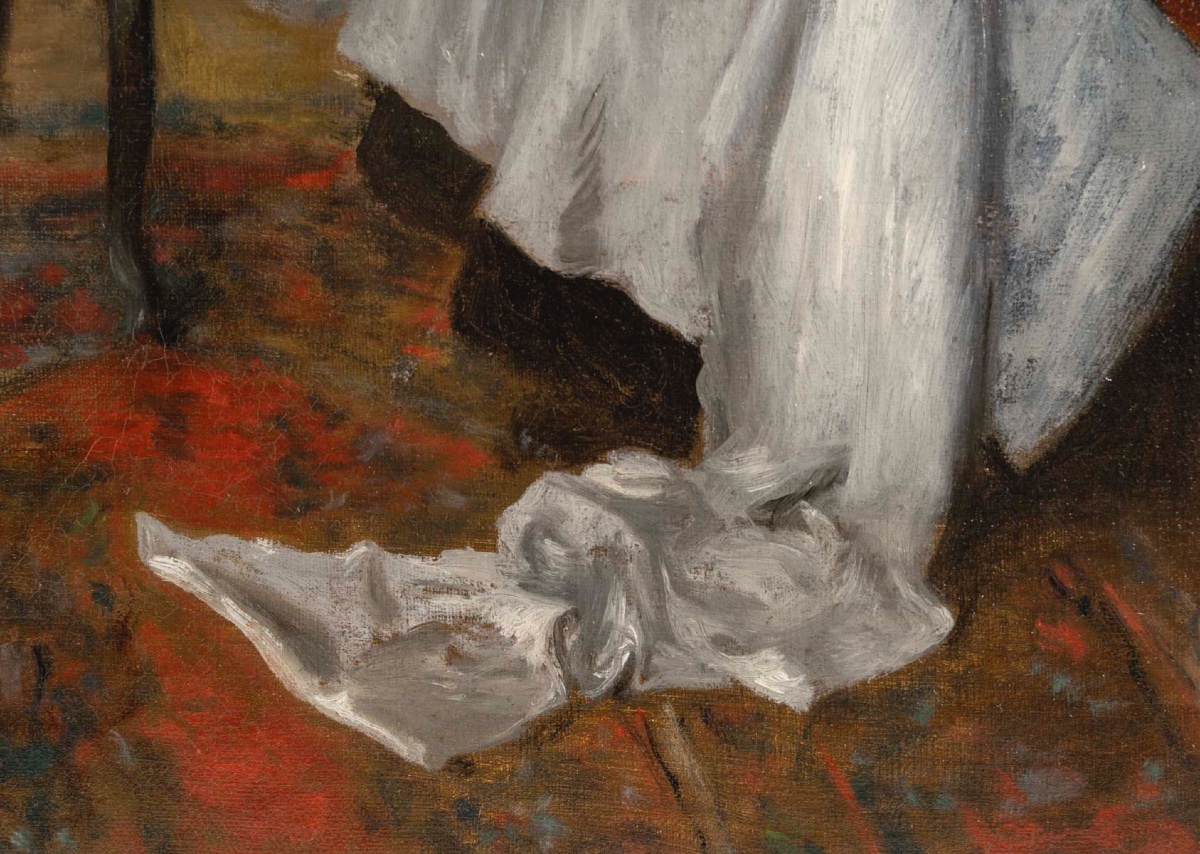
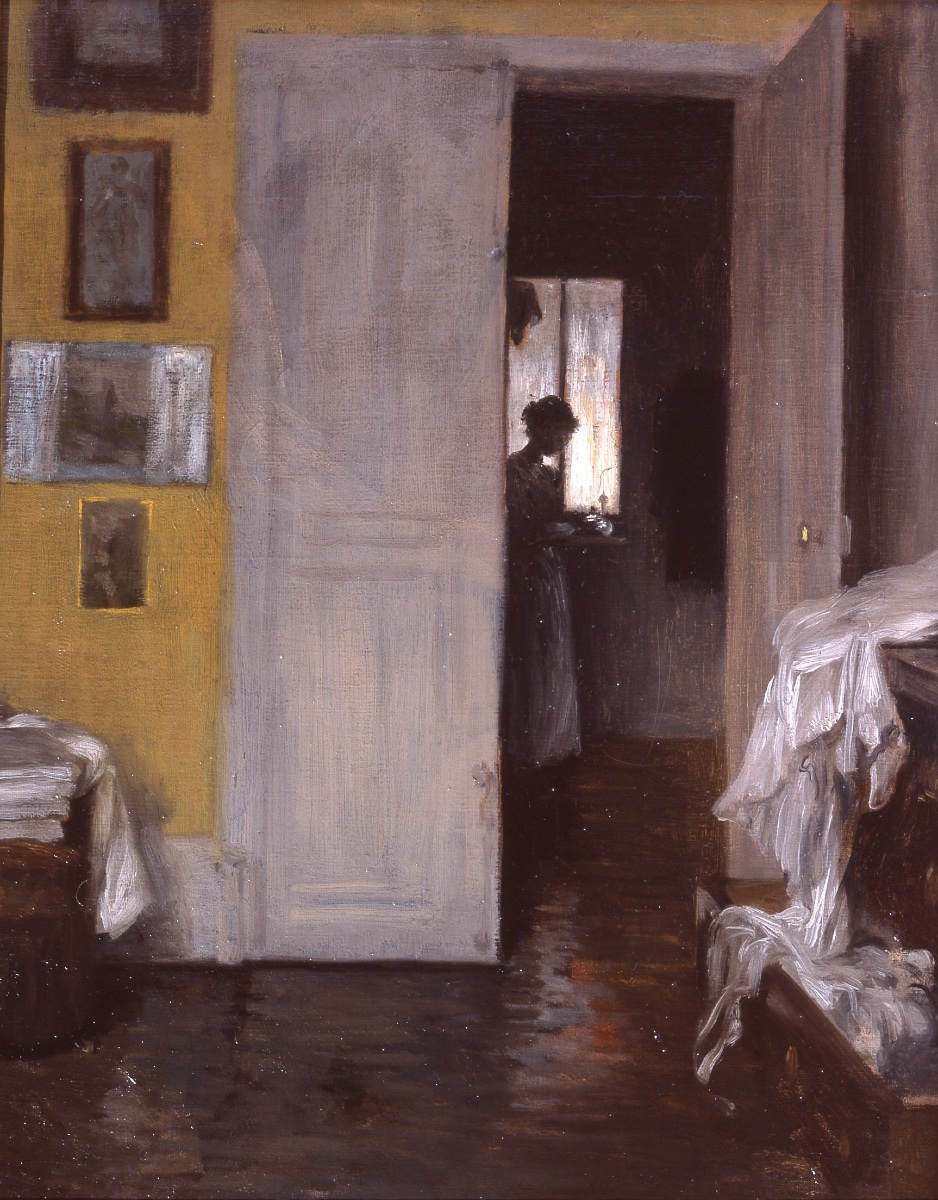
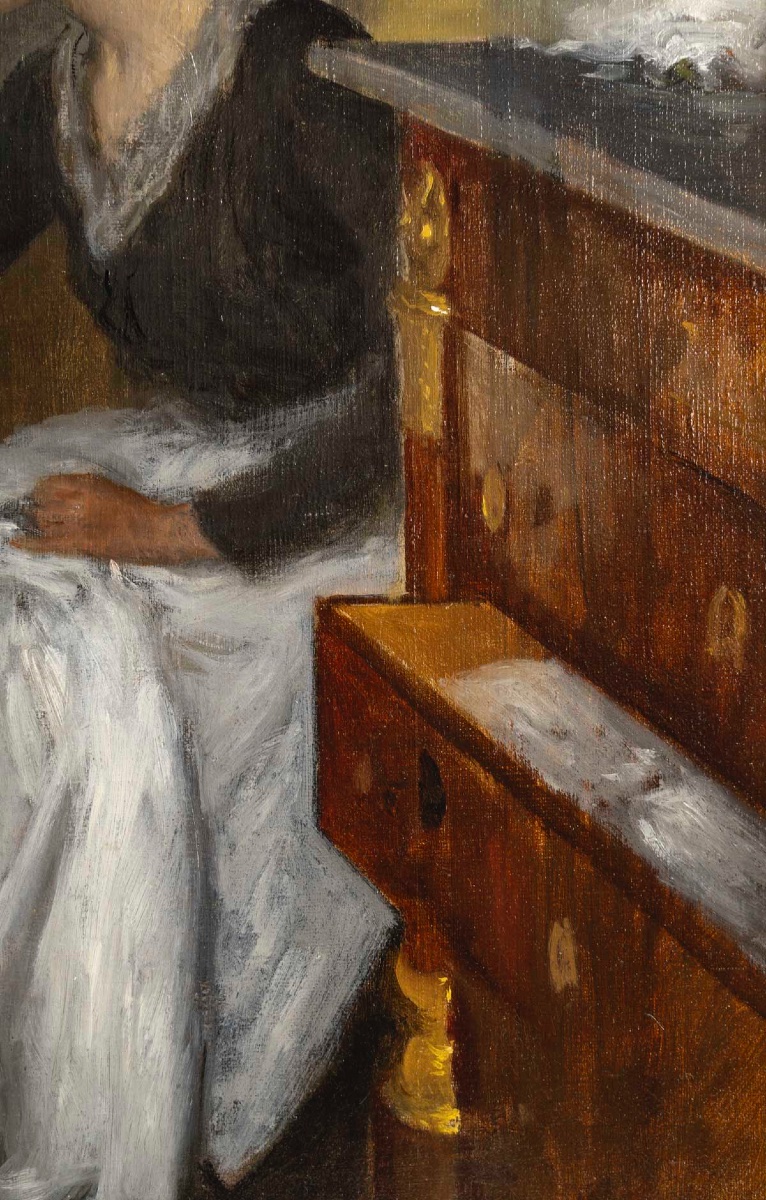
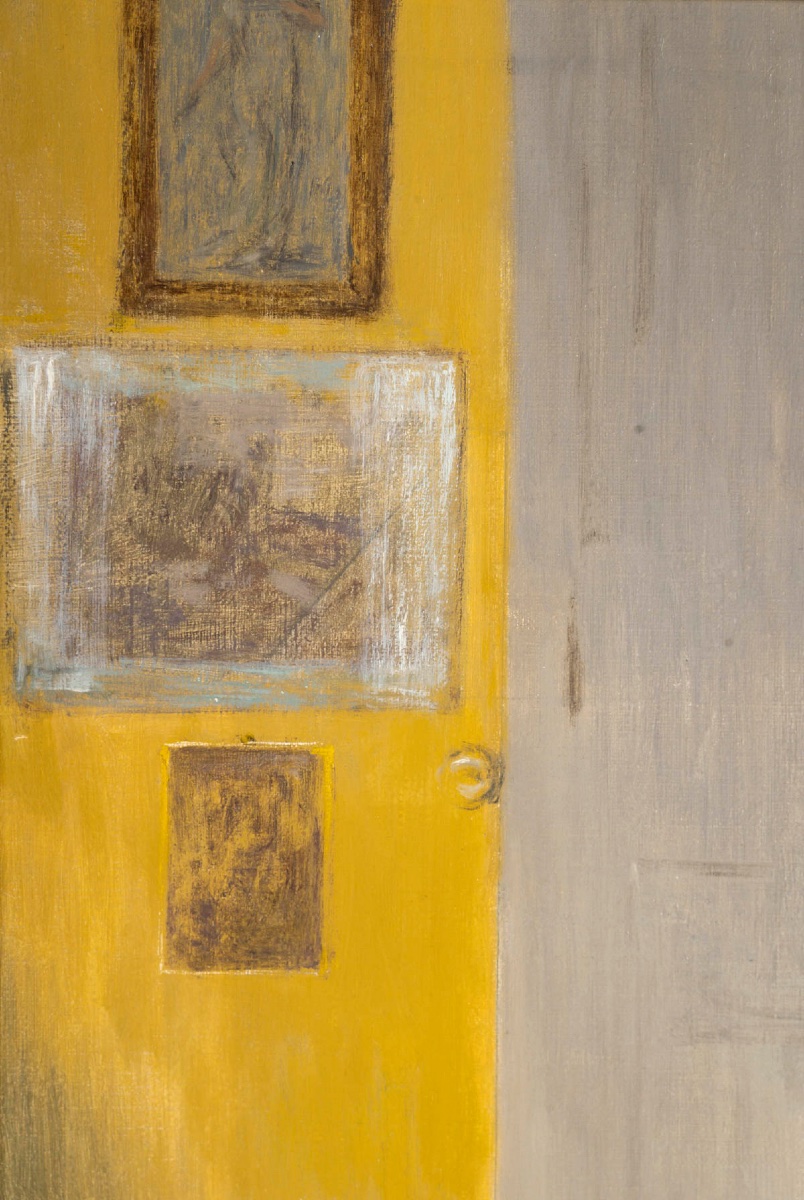
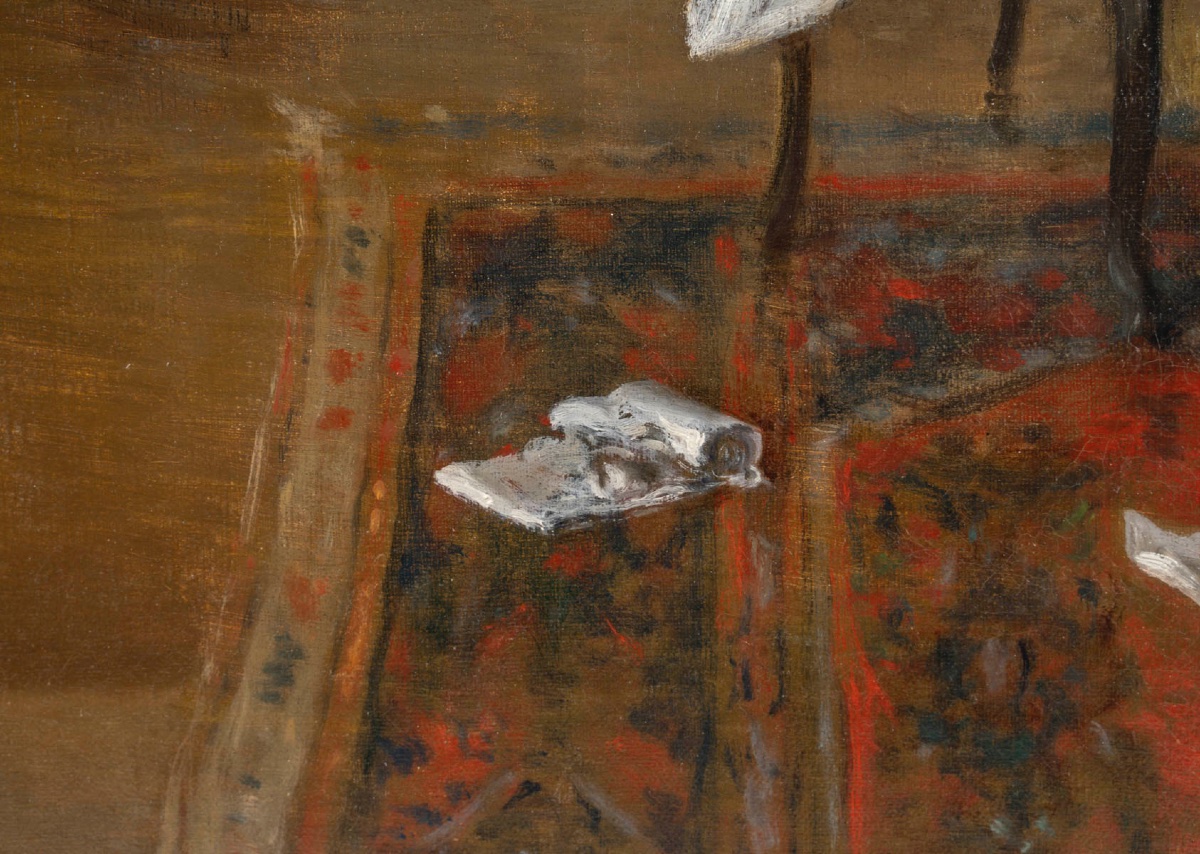
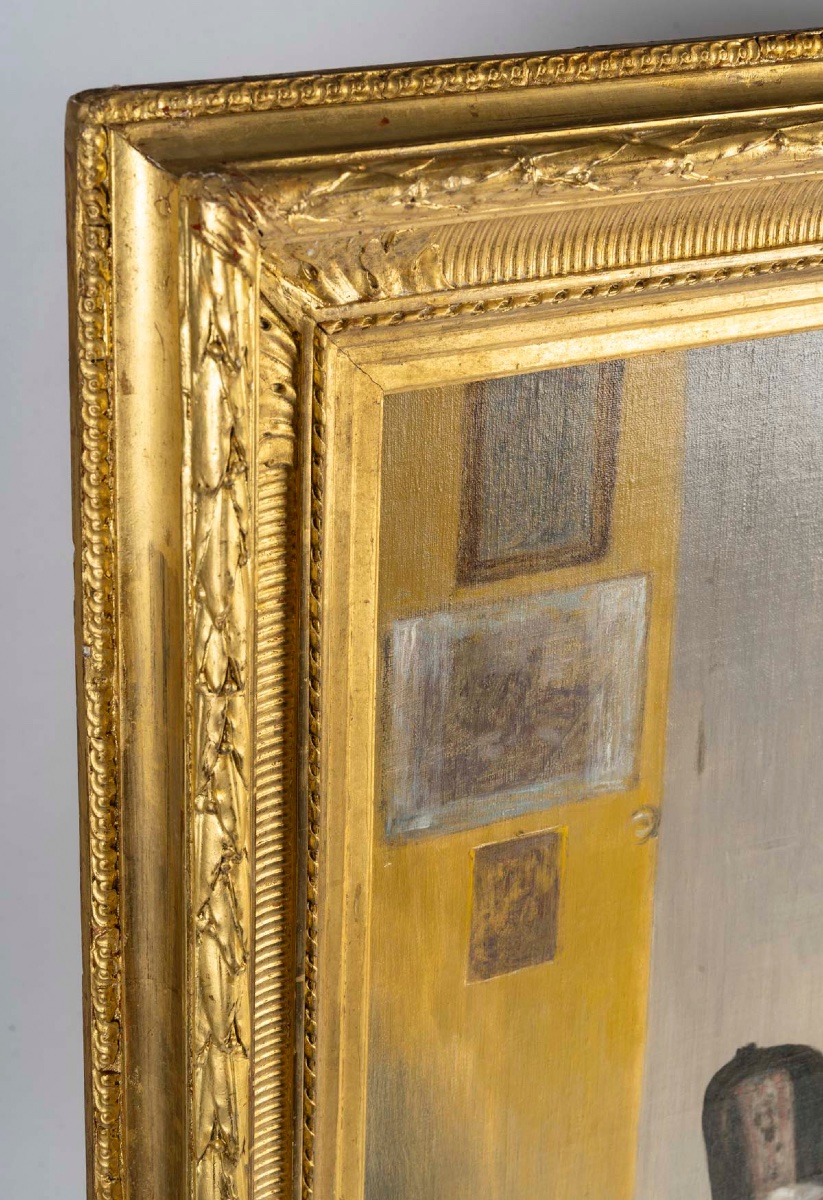














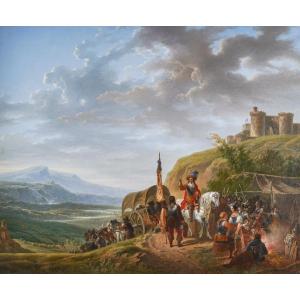
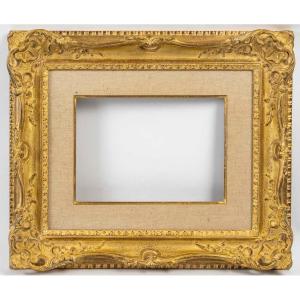


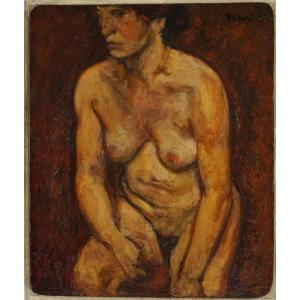
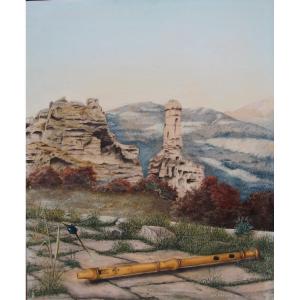


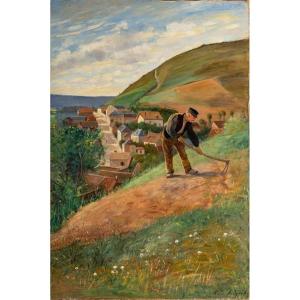
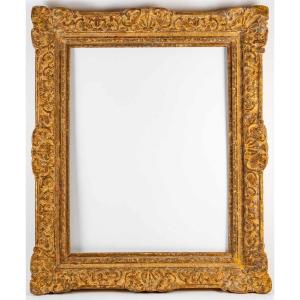

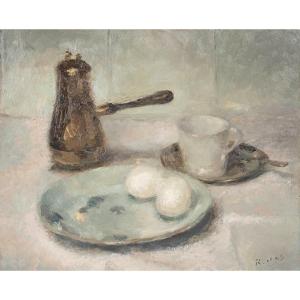





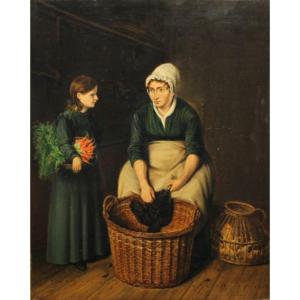




 Le Magazine de PROANTIC
Le Magazine de PROANTIC TRÉSORS Magazine
TRÉSORS Magazine Rivista Artiquariato
Rivista Artiquariato